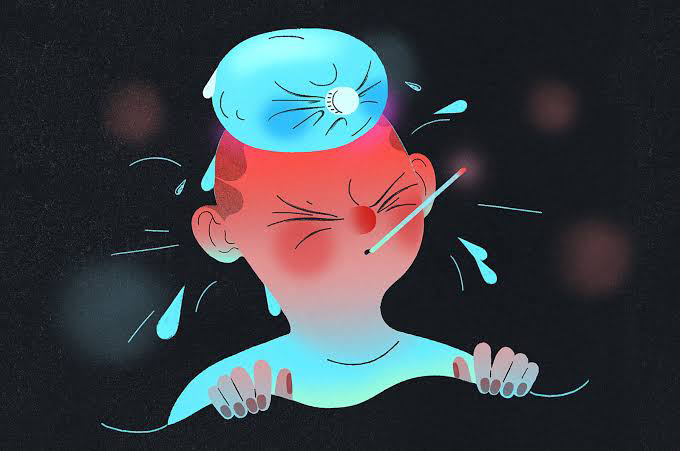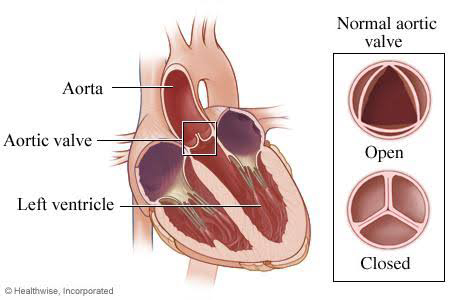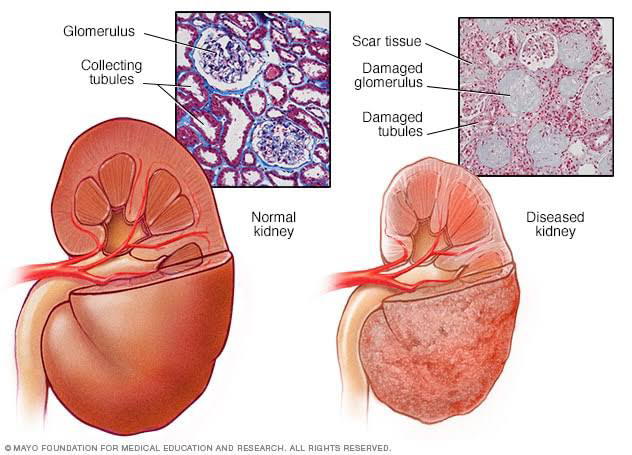⭐⭐⭐ CHILLS AND FEVER ⭐⭐⭐
⭐⭐⭐ CHILLS AND FEVER ⭐⭐⭐
1) PYROGENS :-
- Pyrogens are substances that can produce fever.
- They include cytokines (such as interleukin-6, interleukin-1, tumour necrosis factor, interferon-alpha), endotoxins derived from Gram-negative bacteria, etc.
- They are released by cells like monocytes, neutrophils, lymphocytes, endothelium, glial cells, etc.
- Pyrogens can be released in response to following agents:-
(a) Disease causing agents like bacteria, virus, protozoa.
(b) Certain medications (drug induced fever ).
Medications commonly known to cause fever include antimicrobials, anticonvulsants, antibiotics, sympathomimetics, and sulfonamides.
(c) Certain nonmicrobial antigens .
⭐⭐⭐⭐⭐⭐⭐⭐⭐⭐⭐⭐⭐⭐⭐
2) HYPOTHALAMUS AND THERMOREGULATION :-
(A) We know that homeostasis is maintained in our body.
Homeostasis means capacity of the body to maintain the stability of variables like temperature, acidity, and water level, etc.
(B)The homeostatic control of body temperature is essential for survival .
Our brain plays the main role in maintaining homeostasis.
(C) Neurons are specialized cells present in the brain which carry out these complicated tasks. Neurons are connected to each other through synaptic transmission and hence they form a electrical circuit.
These electrical circuits execute their target activity. These circuits include neurons carrying sensory impulses, neurotransmitters, neurons in specific areas of brain, neurons carrying impulses to motor organs ,etc .
(D) The formation of proper neuronal circuits assigned to perform a particular function depends on developmental processes.
During development of nervous system, neurons send out axons. These axons reach their correct targets with the help of some guidance molecules.
There is recognition of appropriate synaptic partners, the establishment and maturation of synaptic connections, and the subsequent elimination of improper connections.
Certain substances like CAM (cell adhesion molecules) regulate these processes.
(E) In case of temperature regulation of body, hypothalamus plays an important role in forming the neuronal circuit.
There are temperature-sensitive neurons in the hypothalamus. These include heat sensitive and cold sensitive neurons.
(F) Heat sensitive neurons detect increased body temperature and promote heat loss while cold sensitive neurons detect decreased body temperature and promote heat gain.
(G) Heat sensitive neurons increase their firing rates during hypothalamic warming.
Peripheral cooling decreases the firing rate of heat sensitive neurons.
(H) Cold sensitive neurons function to increase thermogenesis and physical activity. Peripheral cooling increases their firing rates.
(I) Many temperature sensitive neurons are different from other neurons by having a depolarizing prepotential that precedes action potentials.
Reaching the level of prepotential causes increased firing rate of neurons.
Reaching the level of prepotential can be due to increasing depolarization or decreasing hyperpolarization.
In heat sensitive neurons, the prepotential's depolarization is elevated by warming, and this increases the firing rate.
On the other hand,
there is hyperpolarization during cooling and this decreases the firing rate.
⭐⭐⭐⭐⭐⭐⭐⭐⭐⭐⭐⭐⭐⭐⭐
3) HOW PYROGENS AFFECT THERMOSENSITIVE NEURONS ?
(A) The pyrogens inhibit heat sensitive neurons and excite cold sensitive neurons, the hypothalamus thinks that body is cooler and hence this promotes heat gain. This increased heat helps to stop the growth of microorganisms.
(B) Pyrogens cause stimulation of temperature sensitive neurons by binding to some receptors and temperature sensitive cationic channels on the plasma membrane of neurons.
This binding leads to change in neuronal firing rate because of changes in ionic conductances.
These changes occur both post- and presynaptically.
(C) Thus, excitation of cold sensitive neurons by pyrogens leads to further signalling of processes which promote heat gain.
(D) These processes include :-
- Peripheral vasoconstriction
Vasodilation causes more heat to be carried by the blood to the skin, where it can be lost to the air. Vasoconstriction reduces heat loss through the skin and hence causes conservation of heat.
- Shivering
Skeletal muscles begin to shake in small movements, creating warmth by expending energy.
- Increased metabolic rate
The liver produces extra heat in order to raise the temperature of the body.
It does so by carrying out functions like the removal of wastes, production of RBCs, and secretion of bile juice. All these functions make use of the ATP that helps in the production of heat.
- Piloerection
Arrector pili muscles are attached to hair follicle contract in skin. Their contraction lifts the hair follicle upright. This makes the hairs stand on end, which acts as an insulating layer, trapping heat.
- Tendency to wear warm clothes due to shivering further promotes heat conservation.
- Increased muscle tone
- Adrenaline , thyroxin secretion
Adrenaline and thyroxin increases the metabolic rate in different tissues, especially the liver, thus generating heat.
- Increased consumption of glucose
(ATP synthesis )
⭐⭐⭐⭐⭐⭐⭐⭐⭐⭐⭐⭐⭐⭐⭐
4) WHY SWEATING OCCURS AFTER FEVER?
Sweating occurs after fever to promote loss of the heat which was gained during fever production.
⭐⭐⭐⭐⭐⭐⭐⭐⭐⭐⭐⭐⭐⭐⭐
5) HOW TO DEAL WITH FEVER?
(A) If there are chills, don't take excessive blankets because it can cause body to overheat. Single blanket is sufficient.
(B) Take plenty of fluids.
(C) Adequate rest.
(D) Medications like Paracetamol, ibuprofen.
(E) If fever is moderate, cold compresses or warm water bath can be taken.
(F) If the fever is very high grade, Cold water bath can be taken because high fever can cause brain damage.
(G) Keep the surrounding somewhat cooler e.g keeping fan on.
⭐⭐⭐⭐⭐⭐⭐⭐⭐⭐⭐⭐⭐⭐⭐




Really nice article! Love your variety of topics. Well done
ReplyDeleteThank you so much 😊😊
DeleteVery nice beta
ReplyDeleteकाफी बढ़िया बेटाजी
ReplyDeleteThank you so much 😊😊
Deleteकॉमन टॉपिक निवडल्या बद्दल धन्यवाद. अप्रतिम लिखाण आहे. तू तुझे लिखाण चालू ठेव माझ्याकडून खूप खूप शुभेच्छा.
ReplyDeleteThank you so much 😊😊
DeleteChoosing such topics of commen concern is appreciable... This article gave so much of insights... Thank you
ReplyDeleteThank you so much 😊😊
DeleteGood
ReplyDeleteThank you so much 😊😊
DeleteThank you so much 😊😊
ReplyDeleteThank you so much 😊😊
ReplyDeleteNice insight on Curious topic !!
ReplyDeleteThank you so much 😊😊
Deleteसार्थ अभिमान बेटा
ReplyDeleteThank you so much madam 😊😊
Deleteअसच लिहत रहा
ReplyDeleteThank you so much madam 😊😊
Deleteअप्रतिम लिखाण
ReplyDeleteThank you so much 😊😊
DeleteThank you so much 😊😊
ReplyDeleteThank you so much 😊😊
ReplyDeleteGreeaattt
ReplyDeleteThank you so much 😊😊
DeleteBest article ever read on internet👌👌👌👌👌
ReplyDeleteVery good
My dear
Very nice
Grandpa
Thank you so much grandpa for encouraging me ☺️☺️
DeleteYou write awesome
ReplyDeleteThank you so much 😊😊
DeletePerfect
ReplyDeleteThank you so much 😊😊
DeleteKeep it up
ReplyDeleteThank you so much 😊😊
DeletePerfect presentation
ReplyDeleteThank you so much 😊😊
DeleteThank you so much 😊😊
ReplyDeleteThank you so much 😊😊
ReplyDeleteGoood
ReplyDeleteThank you so much 😊😊
DeleteVery nice dear
ReplyDeleteThank you so much 😊😊
Delete